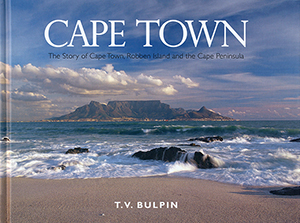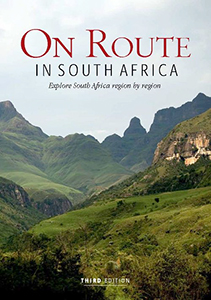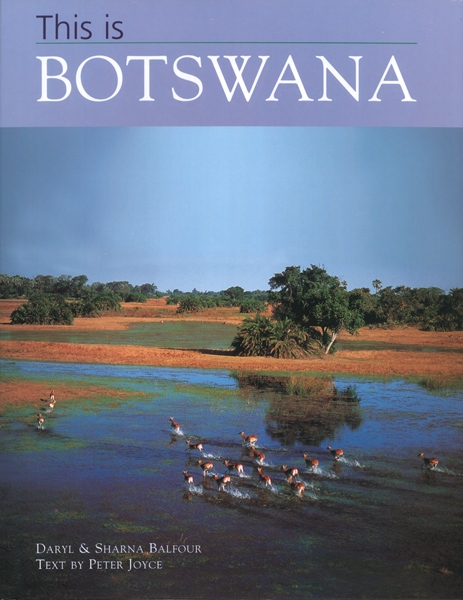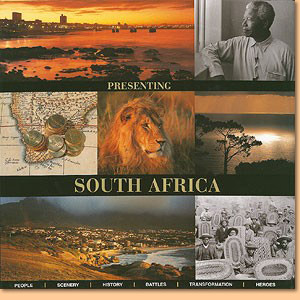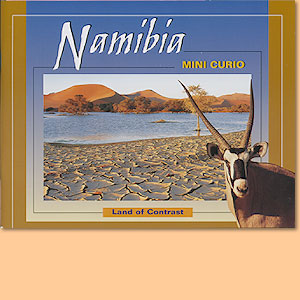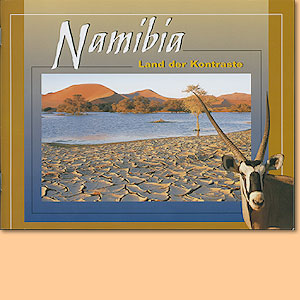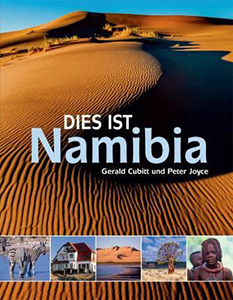Cape Town: The Story of Cape Town, Robben Island and the Cape Peninsula, by T. V. Bulpin and Peter Joyce
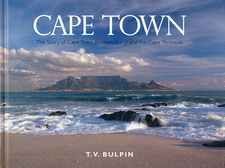
Cape Town: The Story of Cape Town, Robben Island and the Cape Peninsula, by T. V. Bulpin and Peter Joyce. Sunbird Publishers, Johannesburg, South Africa 2010. ISBN 9781920289102 / ISBN 978-1-920289-10-2
Late T. V. Bulpin and Peter Joyce did the editing of the nicely made coffee-table book, The Story of Cape Town, Robben Island and the Cape Peninsula that introduces to spleandours of this wonderful region.
[...] How did it all start? As mountains go, Table Mountain is no giant. It is only 1086 m high but, standing next to the sea, every metre of it is visible. It is one of the most renowned shipping landfalls on Earth. It stands on the southwest end of Africa, its distinctive shape looming up as a gigantic beacon halfway on one of the globe's principal trade-routes, the sea lane around Africa linking east to west. In making this mountain and positioning it so strategically, nature revealed a piquant sense of humour and sympathy to human needs. Not only was the mountain so positioned as to be seen from far out to sea, but its unique shape made it easily identifiable. To make it even more distinctive, nature provided it with a cloud table-cloth, a phenomenon created by the action of the southeasterly wind, which carries a heavy load of moisture, picked up in its passage over the warm waters of the Mozambique-Agulhas Current which reaches the end of its flow in False Bay. Orographic condensation turns this moisture into cloud as the wind is forced to rise over the mountain top and suddenly cools. Tumbling over the northern edge of the tabletop, the wind falls immediately back to a lower and warmer level. The cloud disappears at this level and Table Mountain is left with its table-cloth. Who were the first human beings to see the majestic spectacle of Table Mountain and its cloud? Fossils and artefacts at least 15000 years old have been found in caves in the Cape Peninsula. Until recently examples of rock art on the walls of cave shelters on Table Mountain itself were reminders, until they faded away, of the presence in former years of people of the Later Stone Age. Legends tell that Phoenician and Arab sailors, 2000 and more years ago, were the first to reach the mountain from the sea. The Phoenicians, circumnavigating Africa for the first time from Europe, are said to have landed at the foot of the mountain to rest, repair their ships, and replenish their food by planting and reaping crops of wheat. The Arab sailors, exploring the east coast of Africa, described Table Mountain as a magic place, with a magnetism which drew ships to doom. The Phoenicians were looking for a way around the southern end of the African continent; the Arabs more particularly for an extension of their slave, ivory and gold trading enterprises on the east coast. To both the pioneer groups and the countless seafarers who followed them, Table Mountain became the eagerly looked-for beacon at the end of Africa. Fresh water could always be obtained there from the mountain streams. Meat could be bartered from the nomadic pastoral people of unknown name who grazed their herds in the area. It is not known who were the first of the modern European seafarers to see Table Mountain and its bay the records of the discovery of the Cape of Good Hope by Bartholomeu Dias in 1488 are incomplete and make no mention of it. The written story started in 1503 when the Portuguese admiral, Antonio de Saldanha, on his way to the East with a fleet of three ships, mislaid his position and found himself quite inadvertently sailing into Table Bay. [...]
This is an excerpt from the book: Cape Town: The Story of Cape Town, Robben Island and the Cape Peninsula, by T. V. Bulpin and Peter Joyce.
Title: Cape Town
Subtitle: The Story of Cope Town, Robben Island and the Cape Peninsulal
Author: T. V. Bulpin; Peter Joyce
Photographer: Mark Skinner
Genre: Illustrated book
Imprint: Sunbird Publishers
Publisher: Jonathan Ball Publishers
Johannesburg, South Africa 2010
ISBN 9781920289102 / ISBN 978-1-920289-10-2
Hardcover, 29 x 22 cm, 112 pages, throughout colour photos
Bulpin, T. V. und Joyce, Peter im Namibiana-Buchangebot
Cape Town: The Story of Cape Town, Robben Island and the Cape Peninsula
Originally written by late T. V. Bulpin, this is the story of Cape Town, Robben Island and the Cape Peninsula.
Discover South Africa
Discover South Africa provides a wealth of information about South Africa, presented in a relaxed and eminently readable style.
On Route in South Africa (Sunbird)
On Route in South Africa takes an in-depth look at the myriad villages, towns and cities that combine to make South Africa such a fascinating country in which to travel.
The rise of the Phoenix. The story of Sport in the new South Africa
The rise of the Phoenix is an account on South Africa's post-isolation Sport history in golfing, swimming, rugby, cricket, mountaineering, motocross and many other sports.
Drive Southern Africa (MapStudio)
Drive Southern Africa (MapStudio) is a pictorial journey of Southern Africa dividing the region into seven major driving routes.
This is Botswana
This is Botswana is a book for both the browser and the traveller, serving as a useful und beatiful introduction.
Cultures of South Africa
Cultures of South Africa explores the paths that South Africans have walked over the centuries and contextualises the richness of the people and places.
Presenting South Africa
South Africa has seldom been portrayed so imaginatively, and with such visual impact as in 'Presenting South Africa'.
Namibia. Land of Contrast (Mini Curio)
Namibia - Land of Contrast (Mini Curio) is a nicely made and appetizing Namibia booklet.
Namibia. Land der Kontraste (Mini Curio)
Namibia - Land der Kontraste aus der Reihe "Mini Curio" ist ein reizender kleiner Namibia-Reiseverführer!
Dies ist Namibia
Dies ist ein gut fotografierter Namibia-Bildband mit gelungener Motivauswahl und einer ausführlichen landeskundlichen und geschichtlichen Einführung.
The Best of Cape Town (Globetrotter)
Globetrotter's 'The Best of Cape Town' is a good and handy travel guide with compact content.

